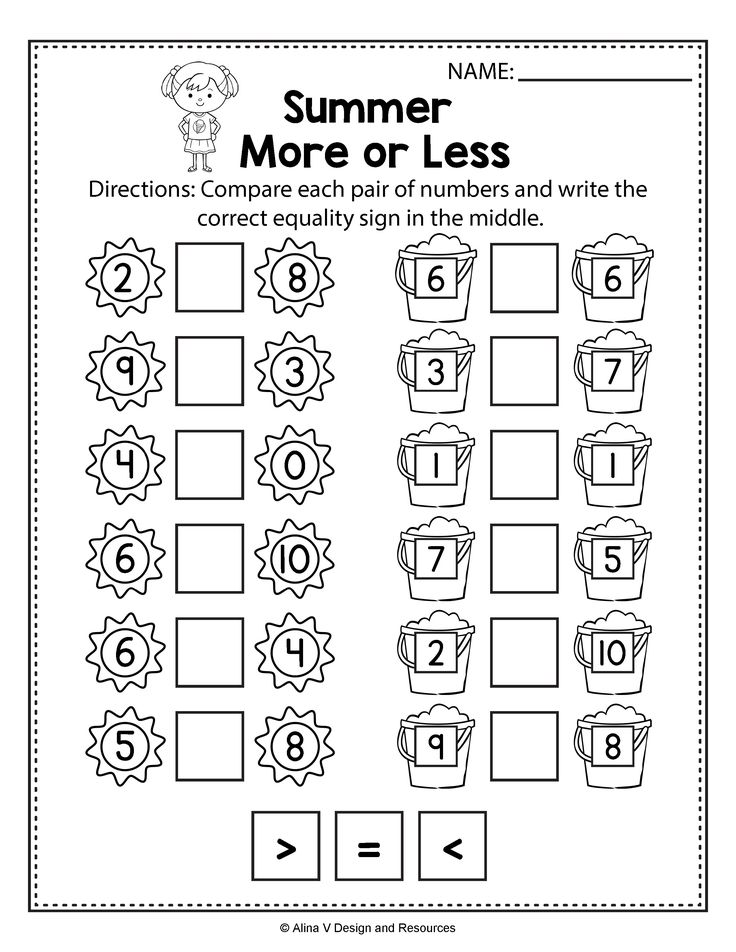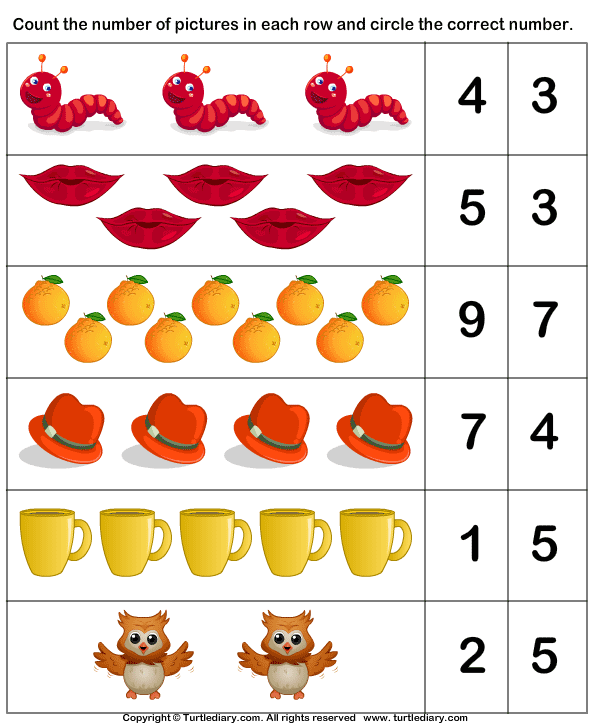Night time routine for kids
Perfecting Your Child’s Bedtime Routine
1.
Mindell, J. A., Telofski, L. S., Wiegand, B., & Kurtz, E. S. (2009). A nightly bedtime routine: impact on sleep in young children and maternal mood. Sleep, 32(5), 599–606. https://doi.org/10.1093/sleep/32.5.599
2.
Mindell, J. A., Leichman, E. S., Lee, C., Williamson, A. A., & Walters, R. M. (2017). Implementation of a nightly bedtime routine: How quickly do things improve?. Infant behavior & development, 49, 220–227. https://doi.org/10.1016/j.infbeh.2017.09.013
3.
Hale, L., Berger, L. M., LeBourgeois, M. K., & Brooks-Gunn, J. (2011). A longitudinal study of preschoolers' language-based bedtime routines, sleep duration, and well-being. Journal of family psychology : JFP : journal of the Division of Family Psychology of the American Psychological Association (Division 43), 25(3), 423–433. https://doi.org/10.1037/a0023564
4.
Kitsaras, G. , Goodwin, M., Allan, J., Kelly, M. P., & Pretty, I. A. (2018). Bedtime routines child wellbeing & development. BMC public health, 18(1), 386. https://doi.org/10.1186/s12889-018-5290-3
5.
Lee, S., Hale, L., Chang, A. M., Nahmod, N. G., Master, L., Berger, L. M., & Buxton, O. M. (2019). Longitudinal associations of childhood bedtime and sleep routines with adolescent body mass index. Sleep, 42(1), zsy202. https://doi.org/10.1093/sleep/zsy202
6.
Mindell, J. A., & Williamson, A. A. (2018). Benefits of a bedtime routine in young children: Sleep, development, and beyond. Sleep medicine reviews, 40, 93–108. https://doi.org/10.1016/j.smrv.2017.10.007
7.
American Academy of Pediatrics. (2012, March 26). The 4 B’s of Bedtime. HealthyChildren.org. Retrieved January 9, 2021, from https://www.healthychildren.org/English/healthy-living/sleep/Pages/The-4-Bs-of-Bedtime.aspx
8.
Prokasky, A.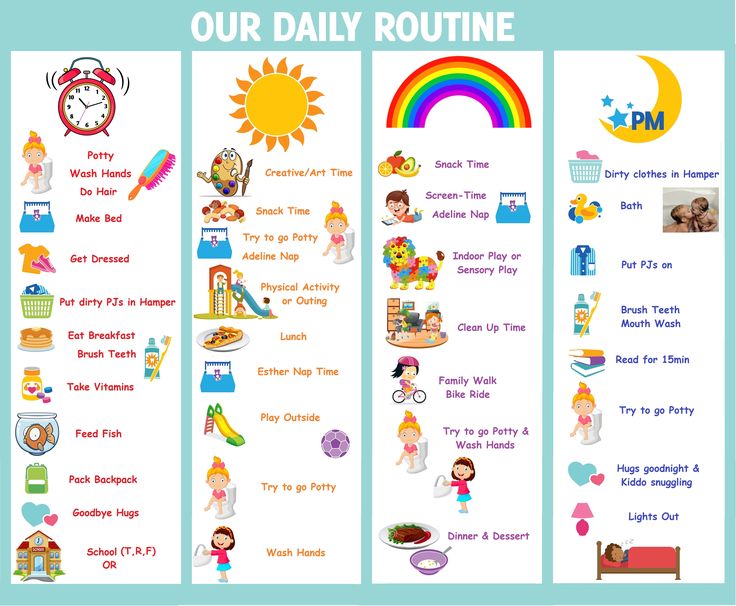 , Fritz, M., Molfese, V. J., & Bates, J. E. (2019). Night-to-Night Variability in the Bedtime Routine Predicts Sleep in Toddlers. Early childhood research quarterly, 49, 18–27. https://doi.org/10.1016/j.ecresq.2019.05.004
, Fritz, M., Molfese, V. J., & Bates, J. E. (2019). Night-to-Night Variability in the Bedtime Routine Predicts Sleep in Toddlers. Early childhood research quarterly, 49, 18–27. https://doi.org/10.1016/j.ecresq.2019.05.004
9.
Mindell, J. A., Li, A. M., Sadeh, A., Kwon, R., & Goh, D. Y. (2015). Bedtime routines for young children: a dose-dependent association with sleep outcomes. Sleep, 38(5), 717–722. https://doi.org/10.5665/sleep.4662
10.
De Stasio, S., Boldrini, F., Ragni, B., & Gentile, S. (2020). Predictive Factors of Toddlers' Sleep and Parental Stress. International journal of environmental research and public health, 17(7), 2494. https://doi.org/10.3390/ijerph27072494
11.
Staples, A. D., Bates, J. E., & Petersen, I. T. (2015). Bedtime routines in early childhood: prevalence, consistency, and associations with nighttime sleep. Monographs of the Society for Research in Child Development, 80(1), 141–159.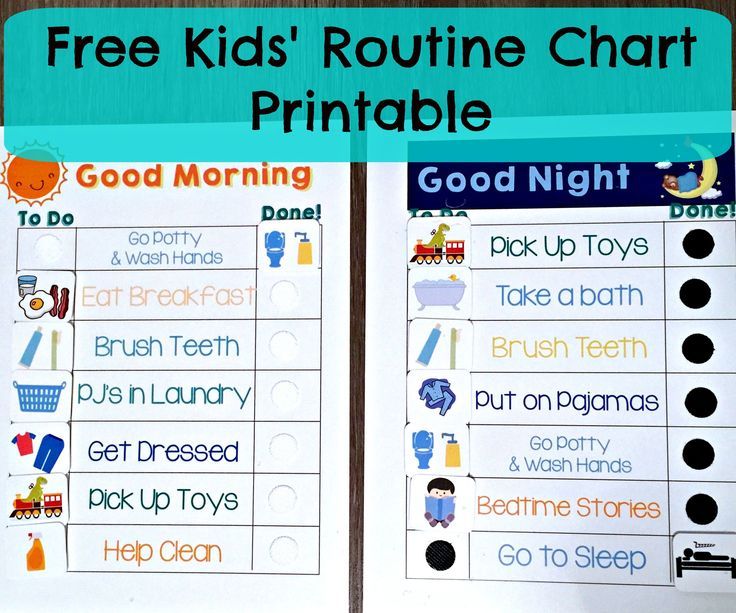 https://doi.org/10.1111/mono.12149
https://doi.org/10.1111/mono.12149
12.
Golem, D., Eck, K. M., Delaney, C. L., Clark, R. L., Shelnutt, K. P., Olfert, M. D., & Byrd-Bredbenner, C. (2019). "My stuffed animals help me": the importance, barriers, and strategies for adequate sleep behaviors of school-age children and parents. Sleep health, 5(2), 152–160. https://doi.org/10.1016/j.sleh.2018.11.003
13.
Levine R. S. (2001). Caries experience and bedtime consumption of sugar-sweetened food and drinks--a survey of 600 children. Community dental health, 18(4), 228–231. https://pubmed.ncbi.nlm.nih.gov/11789700/
14.
Iwata, S., Iwata, O., Iemura, A., Iwasaki, M., & Matsuishi, T. (2012). Sleep architecture in healthy 5-year-old preschool children: associations between sleep schedule and quality variables. Acta paediatrica (Oslo, Norway : 1992), 101(3), e110–e114. https://doi.org/10.1111/j.1651-2227.2011.02515.x
15.
American Academy of Pediatrics. (2013, September 5). Bedtime Routines for School-Aged Children. HealthyChildren.org. Retrieved January 9, 2021, from https://www.healthychildren.org/English/healthy-living/sleep/Pages/Bedtime-Routines-for-School-Aged-Children.aspx
(2013, September 5). Bedtime Routines for School-Aged Children. HealthyChildren.org. Retrieved January 9, 2021, from https://www.healthychildren.org/English/healthy-living/sleep/Pages/Bedtime-Routines-for-School-Aged-Children.aspx
The 4-Step Scientific formula for the Best Bedtime Routine For Kids
Inside: How to build a better bedtime routine for your child that is proven to help kids go to sleep earlier, sleep longer, and have fewer nightly wake-ups.
Sleep is by far the number one issue for parents of young children. Children seem to never sleep, partly because children’s sleep cycles are so different from our own.
There is a lot of research out there on sleep and most of it is messy and hard to understand.
But the one consistent research finding is that having a bedtime routine not only helps make bedtime easier but also helps them sleep longer and better.
Proven Benefits of a Bedtime Routine For Kids
In a large study across several countries, researchers found that having a consistent bedtime routine is directly related to better sleep: Children who had a regular bedtime routine fell asleep faster, had an earlier bedtime, had fewer night wakings, and slept longer than children who did not have a regular bedtime routine!
The relationship between having a bedtime routine and sleep was dose-dependent, meaning that the younger the child was when the routine was started and for each additional night that the bedtime routine was used, the
better the quality of sleep for the child.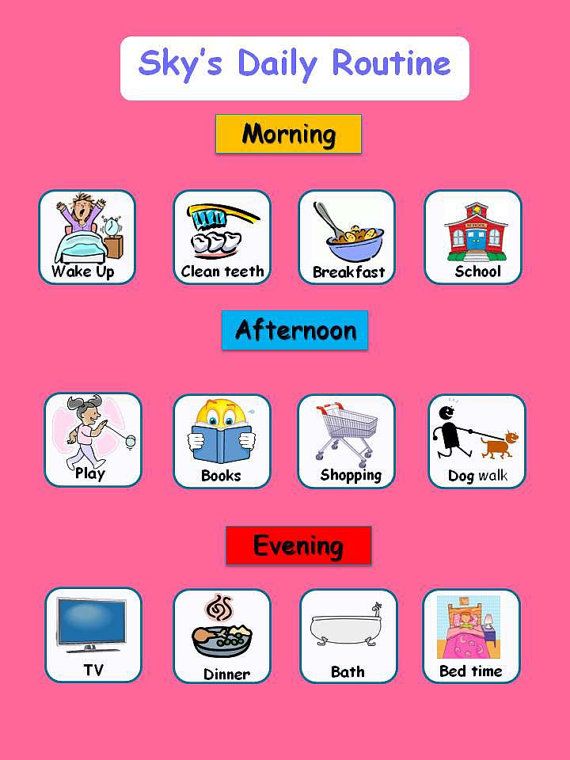
In other words, the earlier you start and the longer you have a bedtime routine = Better (longer) Sleep for everyone!
The benefits of a good bedtime routine spill over into other aspects of your child’s life as well. Research shows that a consistent bedtime routine benefits parent-child attachment, language development, and emotion and behavioral regulation.
Four (Science-Backed) Tips for A Better Bedtime Routine For Your Child
1. Make Your Bedtime Routine Consistent
Consistency is the number one thing that will improve your child’s sleep.
What steps you do are important — but the most important thing is doing it consistently. Do the steps in the same order and have the same 3 to 4 steps every night. For example, bath, massage, story, and song.
Having a consistent bedtime routine will help when other things in life are not consistent. For example, when you go on vacation or when school begins — if you continue to do the same four things before bed this creates an anchoring point in your child’s day.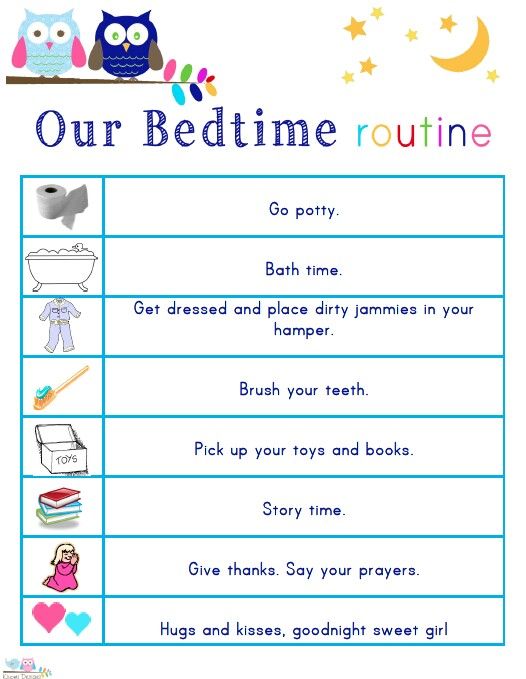
An anchor is a moment that your child knows they can count on — a moment of connection with you that they know will be there no matter how crazy life can get.
Visual routine charts help keep kids on track and give them a sense of agency over their days.
Routines also help create predictability. For kids, predictability is so important. More predictability means feeling more secure, which means less stress.
Try these Daily Routine Charts and Cards to help create visual reminders for your child’s bedtime routine –> Daily Routine Printable Charts & Cards.
During your transition to a new routine or at times in your child’s life, they may show more anxiety and resistance at bedtime. Don’t miss the bonus section at the end of this post on what to try when your child has anxiety at bedtime.
2. Start Your Child’s Bedtime Routine at the Right Time (and earlier than you think)
This is probably the second most important step.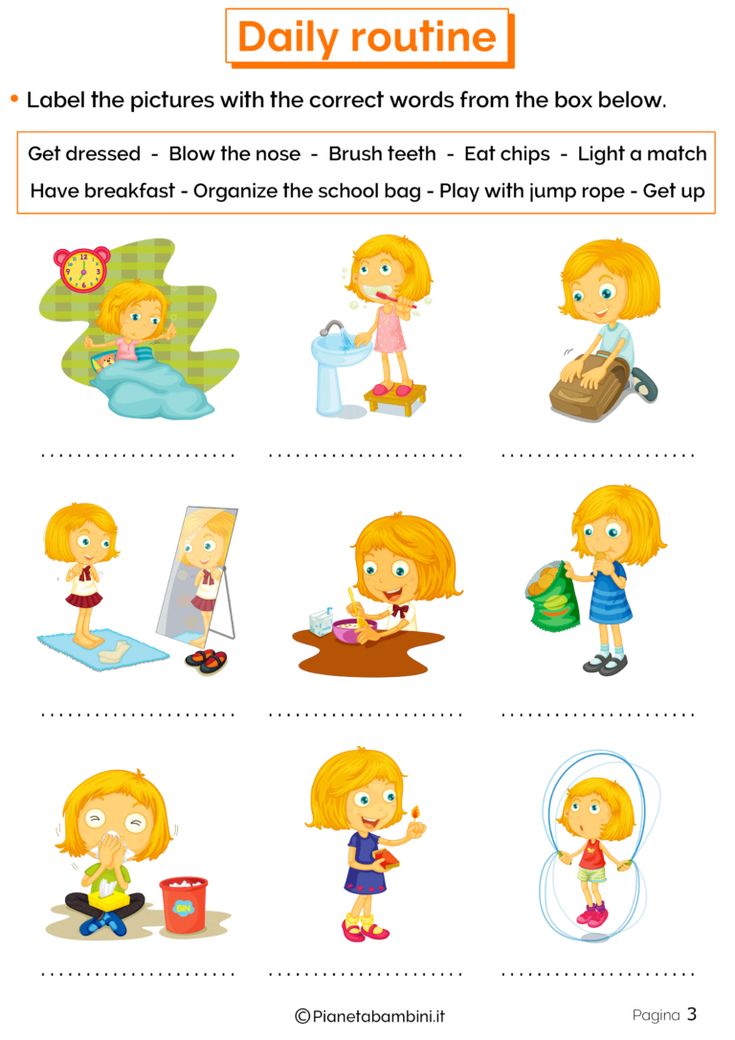 If you can consistently get your kids down at the right time your bedtime battles will diminish greatly.
If you can consistently get your kids down at the right time your bedtime battles will diminish greatly.
So, what is the right time? The American Academy of Sleep Medicine (AASM) issued guidelines based on a review of the research. These guidelines were also endorsed by the American Academy of Pediatricians. Of course, children’s needs vary — which is why there is a range of times here.
In this chart, I’ve used 6:30 am as an example for wake-time so you can see just how early kids need to get to bed.
Has your 3-year-old ever fallen asleep at 5:30 pm and slept through the whole night? If they are no longer taking a nap and they are waking up between 5:30 and 6:30 am, then they will need an early bedtime. You can see why with this chart. (Of course, a growth spurt could also be to blame).
It’s easy to forget that children’s circadian rhythms and sleep needs are completely different from our own. Their needs will fluctuate a bit as they go in and out of growth spurts — but generally, you’ll know if you have a kid at the high or low end of this.
And if you have a kid who resists bedtime and can’t settle, then most likely, they need more sleep than they are currently getting.
Children who get enough sleep have better attention, behavior, learning, memory, emotion regulation, quality of life, and mental and physical health. On the other hand, routinely not getting enough sleep is associated with depression, emotional and mental disorders, diabetes, obesity, hypertension, and self-injuries.
It is important not to underestimate the importance of sleep at all ages. Sleep is crucial for development.
Hormonal changes for puberty begin two to three years before outward changes occur — and only during sleep. Disrupted or poor sleep for 8-year-olds can lead to depression and other issues 4 to 5 years later.
So, how do I choose the right time for my child?
Is your child having problems falling asleep? Then they likely need more sleep. Move their bedtime up by 20 minutes for a week and see what happens. No changes? Move it up by another 20 minutes.
No changes? Move it up by another 20 minutes.
Use the guide above to estimate what time your child may need to go to bed, it may be much earlier than you think. (And relatedly — if you have a picky eater, try moving dinnertime up quite a bit as well. We started eating dinner at 4:30 and my son was stuffing quinoa and black beans tostadas in his mouth! You would never see him do that at 6 pm.)
3. Keep Your Child’s Bedtime Routine Short and Sweet
One thing I often hear from parents who are struggling to get their kids to bed is just how hard they are working at it — “We wind down for an hour of quiet play, then we have a relaxing bath, and then we read, sing a song…” (There is such a thing as trying too hard when it comes to bedtime routines.
Too much of a routine can have the opposite effect and create more anxiousness.
Your bedtime routine, whatever it is, should be short and sweet. The key is consistency. Dr. Jodi Mindell, Ph.D., pediatric sleep researcher, recommends that families chose 3 to 4 activities to do in the same order every night, like bath, massage, reading, and lullabies.
Jodi Mindell, Ph.D., pediatric sleep researcher, recommends that families chose 3 to 4 activities to do in the same order every night, like bath, massage, reading, and lullabies.
I read many books and research articles about sleep when my son was younger. It is a dense topic and one we don’t know enough about. But one thing I did learn is for children that sleep begets sleep.
If a child is overtired, they will have a very difficult time settling down for sleep. A child’s “sleep bucket” must be full in order for them to fall asleep easily.
4. What to Include in Your Bedtime Routine
1. Bedtime Bath
Dr. Jodi Mindell says that the more data she sees the more convinced she is that baths are a good component to include in a bedtime routine.
Baths are multi-sensory and affect core body temperature, both of which can be a signal to the body to wind down.
2. Bedtime Massage
In one study, toddlers were either read a story or given a 15-minute massage before bedtime by their parents for one month. The children who were massaged fell asleep faster and engaged in fewer bedtime stall tactics than did the children who were read stories.
The children who were massaged fell asleep faster and engaged in fewer bedtime stall tactics than did the children who were read stories.
The benefits of a nightly massage go beyond bedtime. In that same study when the children were observed during the day, they were more alert, showed greater positive emotions, and were more active than the children whose parents read a bedtime story.
I think massage works in two ways. First, you are helping your child’s relatively immature nervous system to wind down and that leads to better sleep, which leads to a happier and more alert child during the day. But also, you are training your child on how to relax their body. This is such an important skill for emotion regulation.
The Daily Routine Charts and Cards include all the cards you need: bath, relaxation, stories, cuddle time, lullabies, and more! –> Daily Routine Printable Charts & Cards.
3. Bedtime Stories
Reading stories together may be less about better sleep and more about boosting your child’s cognitive development. I would argue, though, that including a bedtime story as part of your bedtime routine is not only about cognitive and brain development. Whether you read a story or tell a story, that cultural ritual of stories before going to bed becomes a special time for parents and kids to share something together.
I would argue, though, that including a bedtime story as part of your bedtime routine is not only about cognitive and brain development. Whether you read a story or tell a story, that cultural ritual of stories before going to bed becomes a special time for parents and kids to share something together.
Quiet moments are something we need in our busy schedules and sharing a story is a great way to bond. It is also a way to engage your child’s mind before bed — it gives them something to think about as they drift off to sleep. Reading a bedtime story will instill a love of reading in your child and give them a positive habit that can stick with them throughout life.
Here are our Favorite Relaxing Bedtime Stories
Books are listed in order from books for younger kids to books for older kids.
Bedtime (Toddler Tools)Sleepy Little Yoga: A Toddler’s Sleepy Book of YogaDream Animals: A Bedtime JourneyIt’s Time to Sleep, My LoveI’ll See You in the MorningA Book of SleepGood Night, FairiesGood People EverywhereGood Night Yoga: A Pose-by-Pose Bedtime StoryGoodnight Songs: Illustrated by Twelve Award-Winning Picture Book ArtistsA Family of Poems: My Favorite Poetry for Children
4.
 Bedtime Lullabies
Bedtime LullabiesResearch with premature infants has shown that parent-sung lullabies can increase oxygen levels and decrease measures of stress in both babies and mothers.
In one study, babies in the lullaby condition were able to leave the hospital three days earlier than those in the control condition.
We have been singing to our children for centuries. The is something soothing about lullabies for both the parent and the child.
The Best Bedtime Routine For Kids — The Scientific Formula
That’s it — 4 main components (Bath, Massage, Reading, and Lullaby), and the bedtime routine is done. Here is an example of what it might look like:
Head upstairs together. Give your child a bath (10-15 minutes). Brush teeth. Put on PJs. Lay your child down in the bed and put lotion on them while doing a relaxing massage (10-15 minutes). Read a favorite relaxing storybook. (5 minutes) Turn off the light. Sing a lullaby or two (5 minutes). Goodnight.
All in all that comes to about 30 to 45 minutes. Max– one hour. Once your child realizes they can count on this time and they are getting to bed earlier so their sleep bucket is full, the bedtime routine becomes more streamlined.
Max– one hour. Once your child realizes they can count on this time and they are getting to bed earlier so their sleep bucket is full, the bedtime routine becomes more streamlined.
Do these four things every night, in the same order, at an earlier bedtime, and with time, your child’s sleep will improve.
More Resources: How and Why to Start a Daily Routine for Your Family
Bonus: What to Try When Your Child Has Anxiety at Bedtime
During the transition to a more consistent routine or at times in your child’s life when they have a lot going on, they may start to resist the routine or have trouble settling down.
Nighttime is a normal time to think about our worries. As parents, we do this too. When the day slows down and we lay down to sleep, sometimes in the quietness, we begin to notice our worries.
The same happens for children too. The difference is, that they may not be able to say, “Hey Mom, I’m stressed.” Instead, they say — “don’t leave,” “stay with me,” and “I can’t sleep.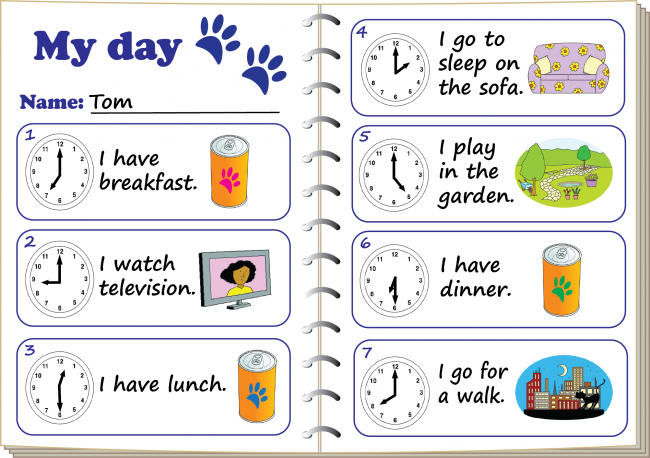 ”
”
Here are some tips for when your child is having an extra hard time winding down.
1. Add-in Silly-Time
Kids destress through play. Especially silly play. Before bath time, add in a silly running around, hide and seek, and a little crazy time where your kids end up laughing and laughing. Then do a bath, massage, story, and lullaby as usual.
2. Add-in Parent-Special Time
Sometimes kids are feeling disconnected from their parents –especially when they are at school all day and you are at work. After bathtime, add in a 10-minute time when you reconnect. Call it “Our special time” and let your child talk and be an active listener. Some ideas to get the conversation flowing: ask them what the three best parts of their day were and tell them three things you love about them. For more ideas, check out Big Life Journal’s Positivity and Connection Kit (affiliate link).
3. Add-in Progressive Relaxation
This step might take the place of the song or the massage.
I do an abbreviated version of this with my 4-year-old each night. I focus on his arms and legs being heavy and warm, I incorporate a little bit about what he has done that day “Your arms are heavy and warm, no more drawing today, no more playing with Lego. Just resting and growing. Your legs are heavy and warm, they feel relaxed. No more jumping and dancing today time for sleep.”
Here are some free guided relaxation scripts from Green Child Magazine.
4. Change Up Story Time with Dream Starters
As much as I like to say consistency is the most important thing, sometimes kids get caught up in their own imaginations. Talking about what your child can dream about once you turn off the light can help channel their overactive imaginations into a land of dreams.
- Try telling a story together and talk about how it can become a dream. We use these beautiful story starters as prompts.
And Then… Story Starters, Volume OneAnd Then…Story Starters, Volume II
- Try a story app.
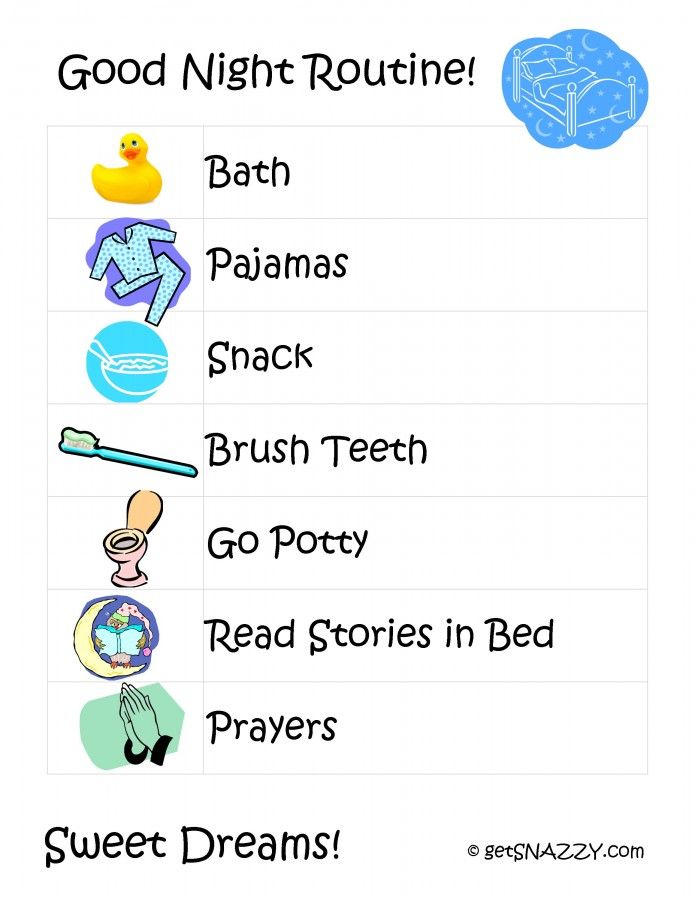 While I generally try to stay away from digital devices, we have had luck with this app, Moshi Twilight Sleep Stories: Calm Bedtime App.
While I generally try to stay away from digital devices, we have had luck with this app, Moshi Twilight Sleep Stories: Calm Bedtime App.
5. Add in a Snack
Sometimes kids are hungry — especially when they are going through a growth spurt. And low blood sugar can feel a lot like anxiety.
If your child starts asking for a snack, start adding in one preemptively. We do ours after a bath. We bring it upstairs and my son reads to himself while having his snack. Then it’s brush teeth, massage, story, and song.
More Resources: How to RESET your Bedtime Routine when your child is Resisting
What to do next…1.
Get advice from Dr. Ashley Soderlund sent right to your inbox. ❤︎When you sign up you will get Dr. Ashley’s 5-part Mindful Parent Quick Win Series. These quick wins are designed to get you started implementing some strategies that are rooted in love and backed by science.
After that, you will receive emails when Dr. Ashley has new resources and seasonal series like back-to-school mental health, and holiday gratitude series.
Ashley has new resources and seasonal series like back-to-school mental health, and holiday gratitude series.
2.
Emotional and mental wellness begins at home.Get the tools you need in my shop! Digital printables you can instantly download and print to foster connection, emotion regulation, and more! Check out the Nurture and Thrive Shop.
Category: Daily Routines & Family LifeTag: daily routines, parenting, positive parenting
Daily routine for a child under 1 year old
Daily routine is a system for distributing periods of sleep and wakefulness, meals, hygiene and health procedures, activities and independent human activities throughout the day.
Compliance with a rational daily routine corresponding to the age characteristics of the child contributes to his healthy growth and development. Getting used to performing various types of activities at the same time, the child is prepared for the upcoming type of activity at every moment of time, which ensures their easier and faster implementation.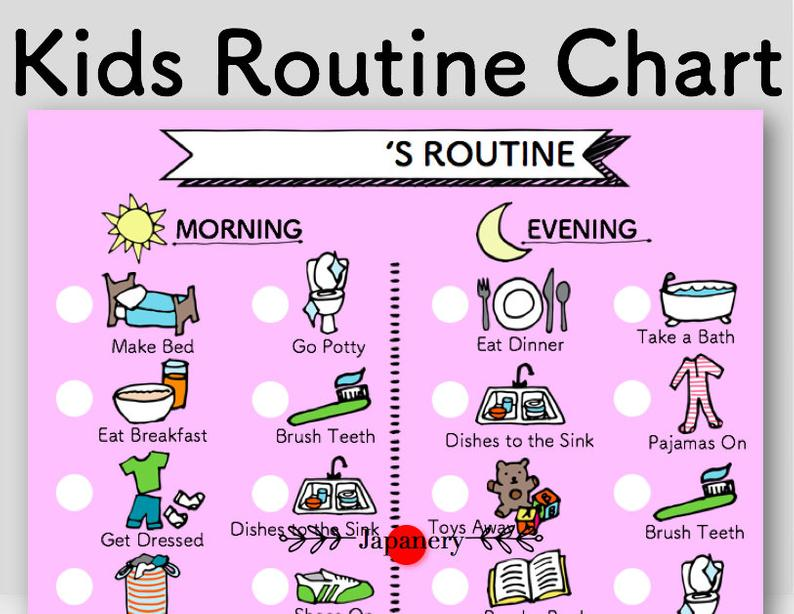 Compliance with the correct daily routine provides a good mood for the child and maintains a keen interest in the study of the world around him, contributing to his normal motor and psychoverbal development.
Compliance with the correct daily routine provides a good mood for the child and maintains a keen interest in the study of the world around him, contributing to his normal motor and psychoverbal development.
The child's daily routine includes the following obligatory elements: diet, time spent outdoors during the day, frequency and duration of sleep, mandatory classes to develop skills in accordance with age, free time.
In the first months after birth, a healthy newborn baby sleeps for most of the day, since all external stimuli are very strong for the nervous system of a child, accustomed to a cozy intrauterine environment, and cause its rapid exhaustion. As the child grows older, the duration of sleep gradually decreases and the time of wakefulness increases.
| Age | Daytime sleep mode | Night sleep | Wake mode |
| From birth to 2 months | 6 x 2. 5 hours 5 hours | 6 hours | During feeding |
| 2-4 months | 5 times 2-2.5 hours | 6.5 hours | 4 x 1.5 hours |
| 4-6 months | 4-5 times for 2 hours | 7 hours | 4 times 2 hours |
| 6-9 months | 3-4 times for 1.5-2 hours | 8 hours | 4 x 2.5 hours |
| 9-12 months | 2 x 1.5-2 hours | 9-10 hours | 4 times for 3-4 hours |
Closely related to the sleep-wake mode is the feeding mode of the baby. The sleep of a child in the first months of life is very sensitive and is easily disturbed under the influence of various extraneous stimuli, including hunger.
| Age | Mode | Example |
| From birth to 2 months | 7-8 times, every 3 hours | 6,9,12,15,18,21,24 (no night feeding) |
| From 2 to 6 months | 6-7 times, every 3.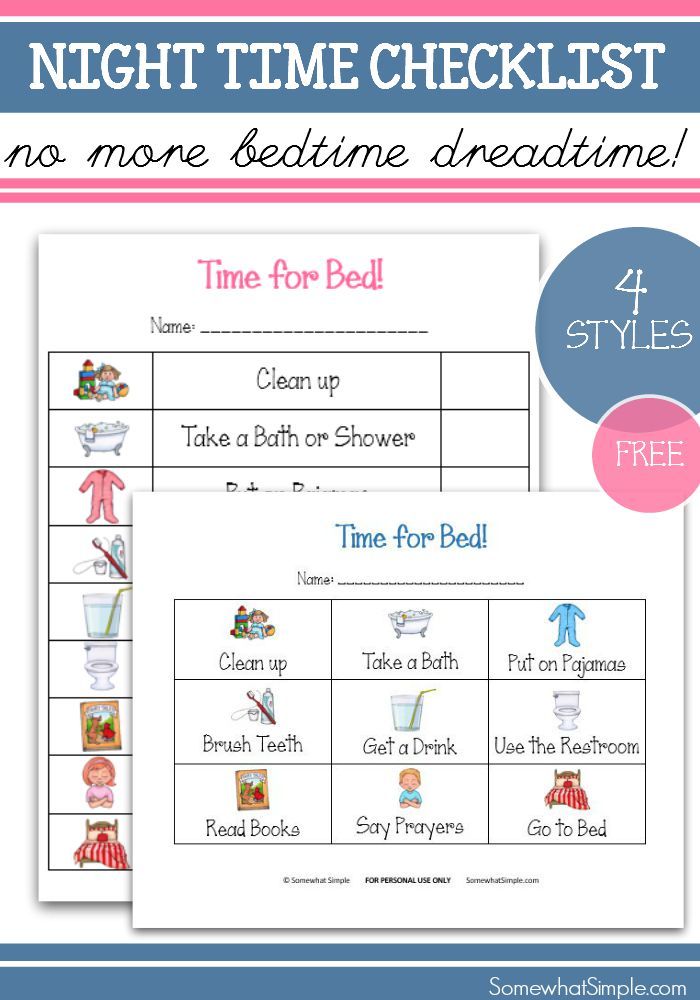 5 hours 5 hours | 6, 9.30, 13, 16.30, 20, 23.30 (without night feeding) 6, 9.30, 13, 16.30, 20, 23.30, 03 (with night feeding) |
| From 7-12 months | 5 times, every 4 hours | 6,10,14,18,22 |
A child's stay in the fresh air is essential in the daily routine. The total duration of stay in the open air for children under 1 year of age should be at least 5-6 hours a day. Fresh air has a calming effect on the baby, improves metabolic processes, and increases the body's defenses. In the summer, all games and activities should be held outdoors; in the cold and transitional seasons, two one-time walks of 1.5-2 hours are provided.
Fresh air also has a beneficial effect on sleep. By acting on the skin and mucous membranes of the nose and upper respiratory tract, it provides a faster fall asleep of the child and a higher quality of sleep. Sleeping outside can replace a walk, especially during the cold season.
The child's daily routine is generally individual, but ideally, one should strive to ensure that the child eats after waking up, and then stays awake until the next sleep. A well-slept baby eats with appetite and then calmly and actively plays or engages, and tired of games, easily goes to sleep.
When your baby is awake, try to keep him active and cheerful. It is necessary to dress the child in loose clothing that does not hinder movement, provide access to toys appropriate for his age, and most importantly, actively participate in games and activities with the baby as a whole family.
Author - Physiotherapist - DMITRIENKO T.G.
A child's daily routine up to the year
"There is nothing worse than the unknown" - this expression is true for parents and for children. Even if now it seems to you that there is nothing more boring than following a daily routine, you should know:
- daily routine makes parenthood easier - you can plan things, get help and make time for your rest;
- thanks to the predictable order of actions, parents experience less stress and fatigue;
- children love the routine, they are calmed by predictability - a certain order gives children a sense of security, reduces stress;
- daily routine strengthens the child's nervous system and metabolic processes;
- the mode allows you to set the work of the "internal clock of the body";
- mode is the most effective tool for improving sleep.
Researchers found that 72% of children aged 0 to 5 with a regular sleep ritual went to bed earlier, fell asleep faster, woke up less often, had longer sleep duration*
How does the child's routine change?
A baby's daily routine changes several times during the first year of life. The baby is born with an undeveloped chaotic sleep, does not distinguish between day and night. We are not talking about the daily routine by the clock, the child lives in his own rhythm of sleep and wakefulness. Gradually, the baby grows, his nervous system and endurance are getting stronger, he can withstand long periods of time without overwork. The structure of a child's sleep is changing, becoming more and more like an adult's sleep.
Wake time grows with your baby.
- Children spend 2/3 of their time sleeping with several periods of sleep and wakefulness. The sleep cycle lasts approximately 40-50 minutes (depending on age) and repeats cyclically.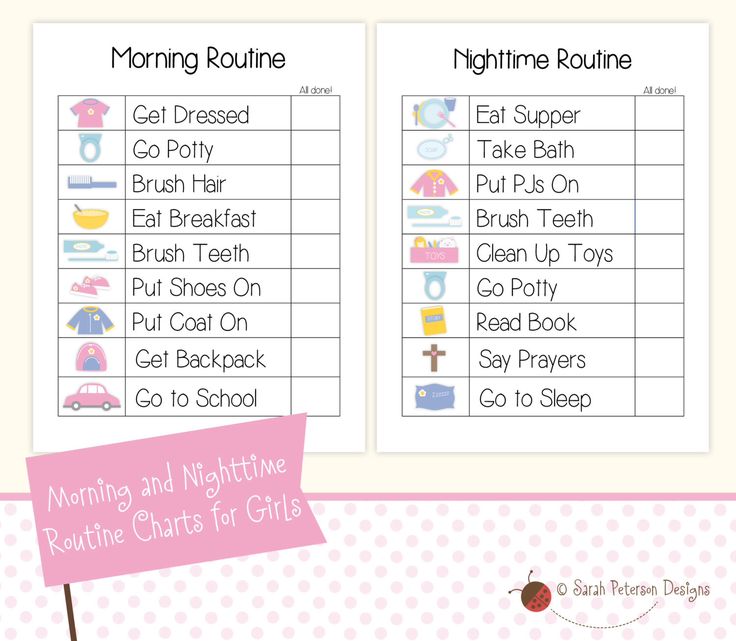
- Between the 3rd and 4th month of a child's life, circadian rhythms are formed. The baby begins to respond to light / dark, external signals (for example, rituals), which helps him to distinguish between sleep and wakefulness.
- It is during this period that sleep consolidates around the night - children sleep more at night and less during the day; the first glimpses of the regime of the day by the hour are formed.
As the child grows, the amount of nighttime sleep increases and the amount of daytime sleep decreases:
- Newborns: 4-6 naps
- 6-9 months: 3 naps
- 1 month - 5 months
- 15/18 months - 4 years: 1 nap
For your convenience, all the most important moments at each age, we have put in the table:
| Age | SLEEP: important moments in every age |
| 0-3 months | - no regime, babies live in feeding regime - establishment of breastfeeding - priority - it is more convenient to put it down when the mother herself goes to bed (at 22-23:00) |
| 3-4 months | - a "window of sleep" appears, it is worth fixing the time of nightly bedtime - daytime naps remain "unorganized" |
| 4-5 months | - night sleep is stabilizing - bedtime and wake-up time - morning sleep is recorded - 1. |
| 5-6 months | - the first mode, the start time of night sleep in the interval 19:00 - 20:30 - daytime sleep is stabilizing |
| 6-8 months | - follow the daily routine, monitor the sleep conditions - for breastfed and formula-fed babies, separate food and sleep |
| 9-12 months | - refusal of the 3rd daytime sleep is possible, refusal of night feedings - peak of separation from mother + mastering new skills disturbs sleep |
| 1-2.5 years | - 2 naps are consolidated into 1 nap, nap time remains the same - all food offered before brushing teeth - eating in bed is a bad habit! |
How to start building a regime?
All babies are different - with different temperament, pace of development, health characteristics and individual need for sleep.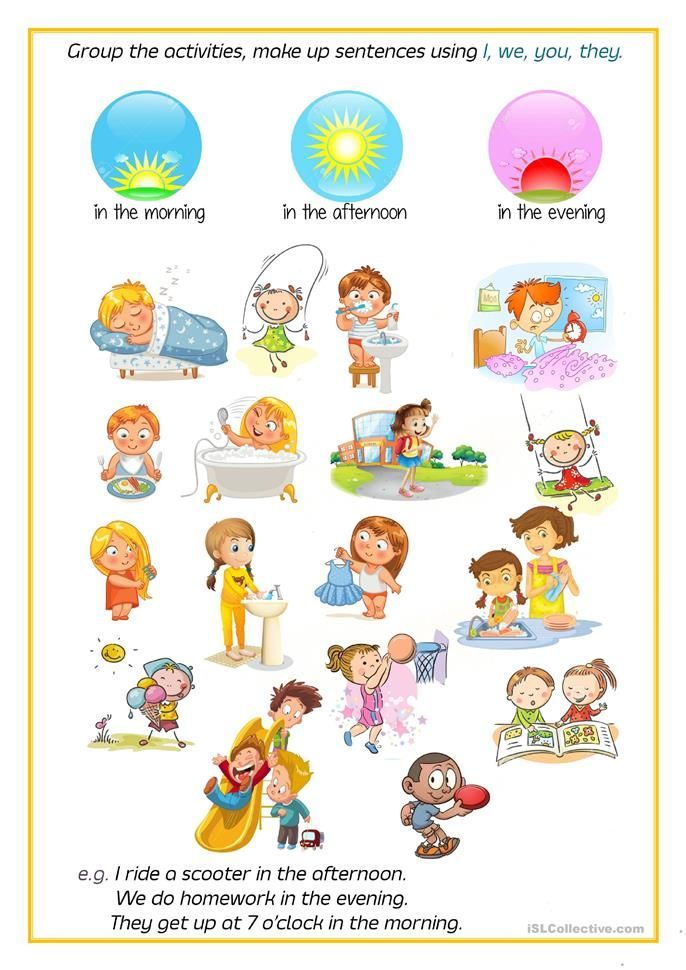 That is why the norms of sleep and wakefulness have such wide boundaries, and the daily routine, which is ideal for one baby, will not work at all for another.
That is why the norms of sleep and wakefulness have such wide boundaries, and the daily routine, which is ideal for one baby, will not work at all for another.
The task of parents is to be observant and choose exactly the mode that will suit your child. Do not forget to change the mode when the baby grows out of it
But how to build a routine that is right for your child? We suggest not to rush, not to adjust the child to the tables, but to act gradually and thoughtfully.
Below are 6 simple steps to help you build a comfortable daily routine for your child.
1. Keep records.
Before changing your baby's sleep and wake patterns, we recommend keeping a record of your day or using a tracker app. In a series of similar days and without records, it is difficult to remember how much your child slept, what time he ate or fell asleep, how often he woke up.
Recordings will allow you to better analyze the situation, understand whether the child is getting enough sleep, monitor progress, share your observations with a doctor or sleep consultant.
For several days, write down in detail all the important moments of your child's day:
- wake up time in the morning
- bedtime including all bedtime rituals
- how long does it take for baby to fall asleep
- start time and duration of daytime and nighttime sleep
- number of awakenings
- as well as other events of the day: feeding, walking, playing, going to the toilet, crying.
VIDEO TUTORIALS
Baby Sleep Lessons
0-7 years old
More
2. Record the time you get up in the morning.
Getting ready for a good night's sleep is important in the morning. To make the night perfect, start preparing at sunrise!
The best time to start the day is between 6:00 am and 7:30 am. If the baby sleeps too long in the morning, this will negatively affect the entire alignment of the day, as well as the time of departure for a night's sleep.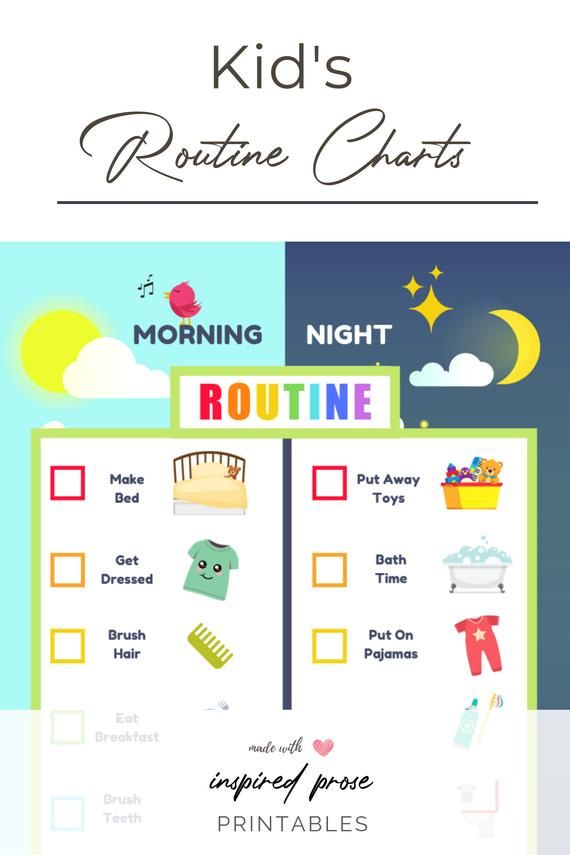 As terrible as it sounds, wake your child up if they are sleeping after 7:30 in the morning. Please note that wake-ups before 6:00 am are considered too early. If the baby wakes up too early in the morning, this is a signal that the proposed regimen does not suit him, and there is not enough sleep.
As terrible as it sounds, wake your child up if they are sleeping after 7:30 in the morning. Please note that wake-ups before 6:00 am are considered too early. If the baby wakes up too early in the morning, this is a signal that the proposed regimen does not suit him, and there is not enough sleep.
3. Keep track of your wake time.
Find out how much wake time (WB) your child has. This knowledge helps to build the regime correctly and not to miss the signs of fatigue, carried away by business.
Understanding the minimum, comfortable and maximum awake time helps to effectively plan the time of the parents, or at least understand how much time is available from one nap to another.
For example, a mother knows that the child will need to be put to bed in 10 minutes, she will not start preparing a complex dish that requires her attention.
Knowing how long your baby goes awake helps you better recognize your baby's signals. Especially if he does not show signs of fatigue well or the mother has not yet learned to understand these signs.
Especially if he does not show signs of fatigue well or the mother has not yet learned to understand these signs.
It is important to check the wake time every 2-3 weeks and adjust the regimen. Ask yourself every few weeks “has my baby grown up, has his WB changed?”
If we look at the table of wakefulness norms, we will see that the boundaries of norms are quite wide. Remember that the time of wakefulness throughout the day is unevenly distributed - the shortest WB before morning sleep, the longest WB before night.
For your convenience, we have put all the most important moments at each age in the table:
| Focus on the lower limit of normal if: | Refer to the upper limit of normal if: |
| - the baby fits into the first daytime sleep, - the baby does not feel well, - the child had a very strenuous activity, - the baby had a short sleep, which could not be extended | - the baby is laid down for a night's sleep - the baby slept through a full daytime sleep (2 cycles) - the child is in good health |
4. Form the correct wakefulness rhythm.
Form the correct wakefulness rhythm.
All your activities during the day are essential for quality daytime and nighttime sleep.
Go outside in the morning to give your child a daily dose of sunlight. This is necessary for the formation of circadian rhythms and the production of the "sleep hormone" melatonin.
It is important that the child is not too tired during the day. Severe overwork will harm sleep, and it is very difficult for an overexcited baby to calm down and fall asleep. But, at the same time, the baby needs to accumulate the “right” fatigue.
when when the child is awake, the correct sequence should be: 1) after sleep, choose an active activity, 2) then switch the child to quiet wakefulness, 3) conduct a ritual of preparing for sleep, and 4) sleep.
Active wakefulness is not only physical activity, but also mental stress, learning new things, including new skills.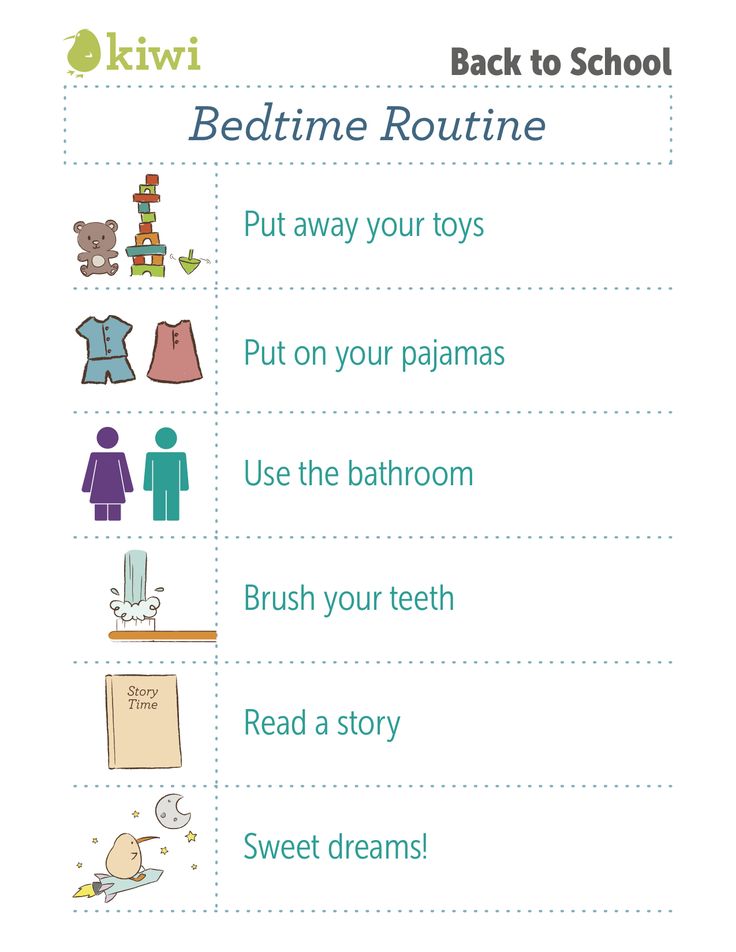
Examples of active wakefulness:
- walk,
- practicing any new skill (crawling, walking, finger painting, sorting or pyramiding),
- new people or people who rarely come,
- physical interaction with mother or other loved ones - tickling, squeezing, massage, gymnastics
- participation in "adult" household chores
How does staying awake affect sleep?
- Physical activity lengthens deep sleep
- working out new skills in the afternoon contributes to their fixation
- the child receives the necessary dose of sunlight and serotonin, which goes to melatonin in the dark
- physical activity “burns” stress hormones
Calm wakefulness it is any normal activity. For example, reading, sorting, transfusion, kinetic and ordinary sand, grits.
How does staying awake affect sleep?
- Gradually reduces muscle tension
- Creates predictability by reducing anxiety
- Emotional closeness and physical contact with the mother "satisfy" the need for contact, acceptance and strengthen attachment
- Switches to inner sensations more than to the world outside
A cool idea for a quiet wake is a sensory box.
A large box or bowl filled with sand, grains, balls and small items. Periodically change the contents of the box, the child can dig in it for a long time, shift objects, touch sand or grains.
5. Choose a time to prepare for sleep rituals.
In the evenings, any home is usually busy. The whole family is together, everyone wants to eat and communicate, noise and light. From this, the baby can be overexcited. And it will be difficult to put him to sleep. To avoid this, start getting ready for bed gradually, at least half an hour before bedtime:
- close the curtains, dim the lights throughout the house (turn on the bottom light in the house and dim lamp in the bedroom)
- turn off the music, TV, computer, put away the phone (in addition to noise, they also emit blue spectrum rays that are detrimental to melatonin)
- turn on "white noise" (recording, special device or toy with white noise)
- give a relaxing massage to your baby
- bathe him in a warm bath
- read a book, tell a story or sing a lullaby
These rituals will help your baby switch from wakefulness, relax and tune in to sleep. Use an abbreviated version of rituals before nap time. It is important that the ritual is liked not only by the baby, but also by the mother.
Use an abbreviated version of rituals before nap time. It is important that the ritual is liked not only by the baby, but also by the mother.
Even more ideas for bedtime rituals you will find in our ritual generator http://zasypalki.spimalysh.ru
6. Find the perfect time to go to bed for a night's sleep - "sleep window"
The "sleep hormone" accumulates in the blood in sufficient concentration to fall asleep, we call it the "sleep window". If you recognize the “sleep window” and put the baby to bed at this time, his sleep will be long and of high quality.
In most children, the "window of sleep" should be sought in the early evening, between 18:30 and 20:30 hours. It does not last long, 15-20 minutes.
From birth to 3/4 months: until the synthesis of own melatonin is established, the child can be laid down at 22-23:00.
Starting at 3/4 months: It is important to calculate your baby's "sleep window" and go to bed at that time, starting all bedtime preparations 30-40 minutes before this time.

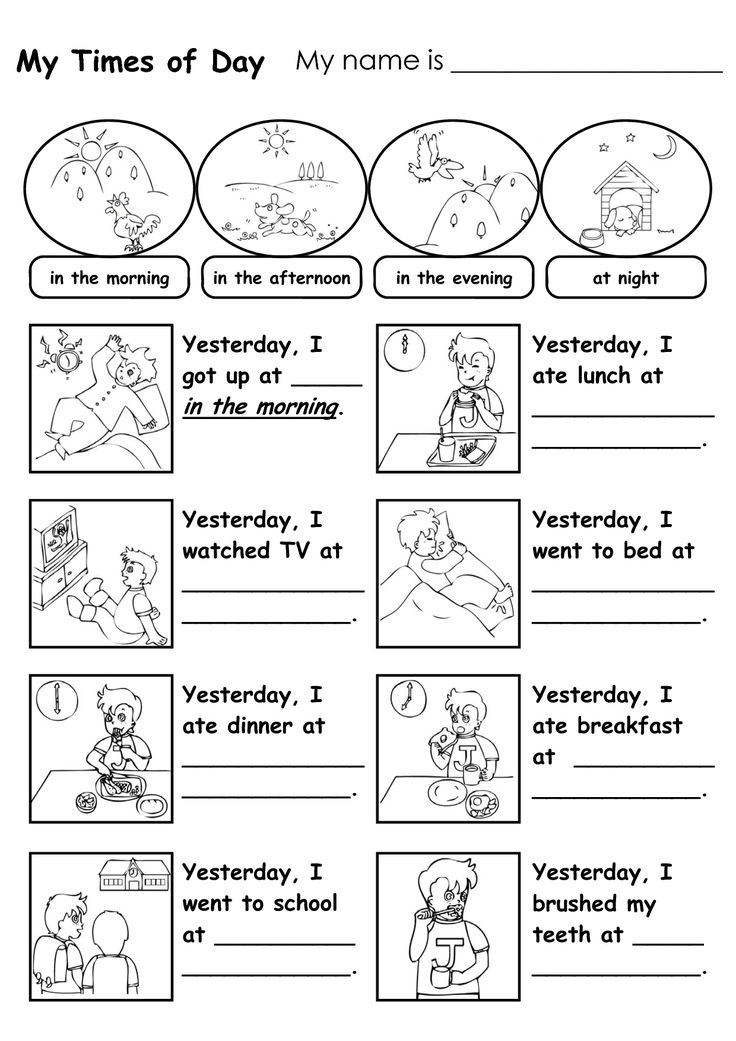 5 hours after waking up, 2 afternoon sleeps
5 hours after waking up, 2 afternoon sleeps 






